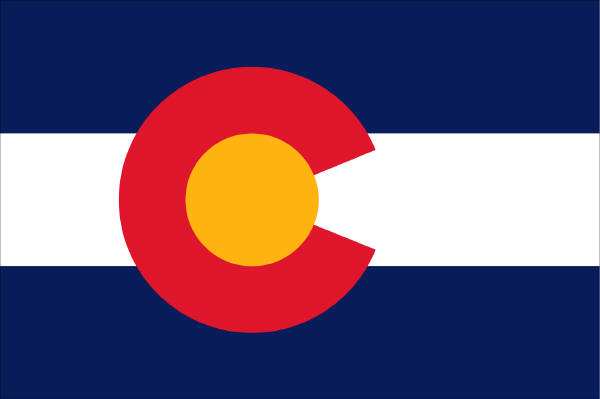People that SUCCEED, quit quitting.
February 2018 update: 3 weeks for a new habit to become practice. Took me SEVEN – kinda hardheaded I guess. Returned from Florida super dehydrated, required a second IV days after arriving home. AND then…something snapped. No more struggle. Ran 50 miles two consecutive weeks, each training week ending with an out-of-state marathon. Eating better too, down 6.2 pounds. Nutritionally I’m good, but quantity – folks, I’m an eater. Drop a salad, I’ll use an entire head of lettuce. CRAZY amount of food.
Milestones:
- February 6th – São Paulo BRAZIL registration (race date: April 8th – South America, my FOURTH continent)
- February 11th – 50 State count at 24, almost HALFWAY there 🙂
- February Week 2 – second consecutive 50/mile week, run goal: every week ‘til BIGHORN
March MANTRA: FLAWS & all, GAME ON.
4-week stretch of marathoning, longest streak in 2 years. One better? April to mid-May: 6 weeks, 6 marathons, 6 different states. In it to win it. Will finish 30+ marathons in 2018, 5 of those ultra distances.
New places, new faces. Haven’t repeated a marathon yet – that’s 100+ unique runs.
Race ReCap: 2 marathons, long 5-hour finishes & RAIN: Celebration (Florida), Mercedes Marathon in Birmingham.
Marathoning Streak: 51 months
Mileage ReCap: ended February at 340 miles (21 miles short of GOAL)
- ended February at 340 miles
- NEXT UP: Maryland, Louisiana, North Carolina, Pennsylvania, Ohio & Illinois
- Sage advice
Lands End to John O’Groats
1083 miles, the length of Britain
GOAL: 15 June 2018
Ended Month 2 in Vale of White Horse, a local district in county Oxfordshire, south of the River Thames.
Historically the area has always had some importance, since it contains valuable agricultural land in the centre of the county. Largely ignored by the Romans, it was not until the formation of a settlement at Oxford (Anglo-Saxon “ford for oxen”) in the 8th century that the area grew in importance. Alfred the Great was born across the Thames in Wantage, Vale of White Horse. The University of Oxford was founded in 1096, though its collegiate structure did not develop until later on. The area was part of the Cotswolds wool trade from the 13th century, generating much wealth, particularly in the western portions of the county in the Oxfordshire Cotswolds.
- Mile 340: Oxfordshire
- 50 miles/week, every week ‘til Bighorn
- postcard journey (Month 2)










Leave a Reply